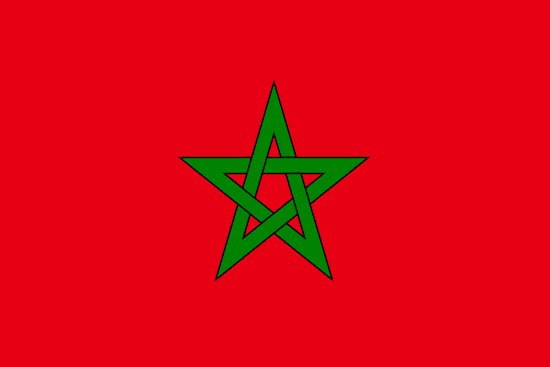"Taghazout, arwah n'surf | Taghazout, the soul of surf"
About:
Taghazout is a small fishing village in southwestern Morocco, established in the 16th century. Historically, it was a haven for pirates. In the 1960s, it gained recognition as a surfing destination. Today, it's renowned for its surfing schools and annual competitions, attracting international visitors. Despite rapid tourism growth, it retains its traditional Berber charm. The local economy is primarily based on fishing, tourism, and argan oil production.
When to visit:
Taghazout, a charming coastal village in Morocco, is best visited during the months of September to May for pleasant weather and ideal surfing conditions. The winter months from December to February offer cooler temperatures, making it a popular destination for travelers seeking a break from the cold elsewhere. Avoid visiting during the summer months of June to August when temperatures soar and crowds peak, affecting the overall experience. Whether you're a surfing enthusiast or seeking a relaxing beach getaway, Taghazout has something to offer year-round, with each season bringing its own unique charm to this picturesque destination.
When to avoid:
Taghazout, a popular surfing destination in Morocco, experiences its worst travel conditions during the peak of summer, typically from June to August. During this time, the region faces scorching temperatures that can exceed 100°F (38°C), making outdoor activities uncomfortable and strenuous. Additionally, the beaches and streets can become overcrowded with tourists, leading to longer wait times and reduced availability of accommodations. To avoid the heat and the crowds, it is advisable to plan your trip to Taghazout during the cooler months of fall or winter when the weather is more moderate and the area is less congested.
"Winter Season (Dec-Feb)"
In Taghazout, Morocco, the coldest and wettest period is from December to February. Average temperatures fluctuate around 14-20°C, with January being the coldest month. Rainfall peaks in December with an average of 40mm. Sunlight is reduced to 7-8 hours a day with increased cloud cover. Visitors can expect a mix of sunny and cloudy days with occasional rainfall. Despite the chill, the weather is generally mild, making it a good time for surfing and enjoying the local cuisine by the seaside.
"Summer (June–September)"
In Taghazout, Morocco, the warmest part of the year typically spans from June to September. During these months, the average high temperatures range from 24°C (75°F) to 28°C (82°F). Rainfall is minimal to nonexistent, as these months fall within the dry season. Sunlight is abundant, with an average of 10 to 11 hours of daylight per day.
Humidity levels are relatively low, usually around 60-70%, making the heat more bearable. Cloud cover is also minimal, with clear or mostly clear skies prevailing, providing ample opportunities for sunbathing and other outdoor activities.
A typical day for a visitor during this period would involve warm, sunny weather throughout the day. Mornings and evenings are slightly cooler, providing a pleasant respite from the afternoon heat. The lack of rain and low humidity make it an ideal time for outdoor activities such as surfing, hiking, and exploring local attractions. However, it's essential to stay hydrated and use sun protection due to the high UV levels.
Language:
In Taghazout, a small fishing village in southwestern Morocco, the most commonly spoken languages are Moroccan Arabic and Berber. Moroccan Arabic, also known as Darija, is the country's distinct form of Arabic. Berber, or Amazigh, is an indigenous language with several dialects. Many locals also speak French, a legacy of Morocco's colonial history, and English, especially among those involved in the tourism industry.




